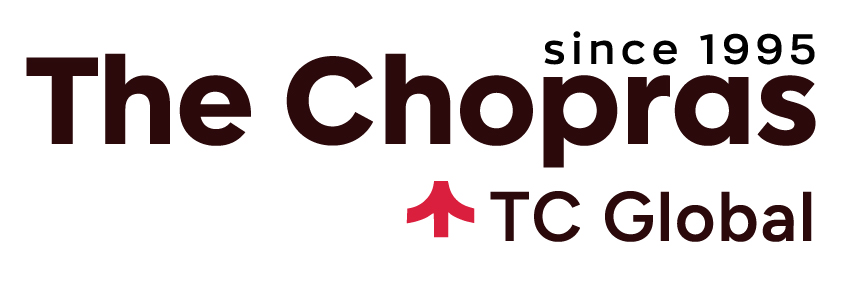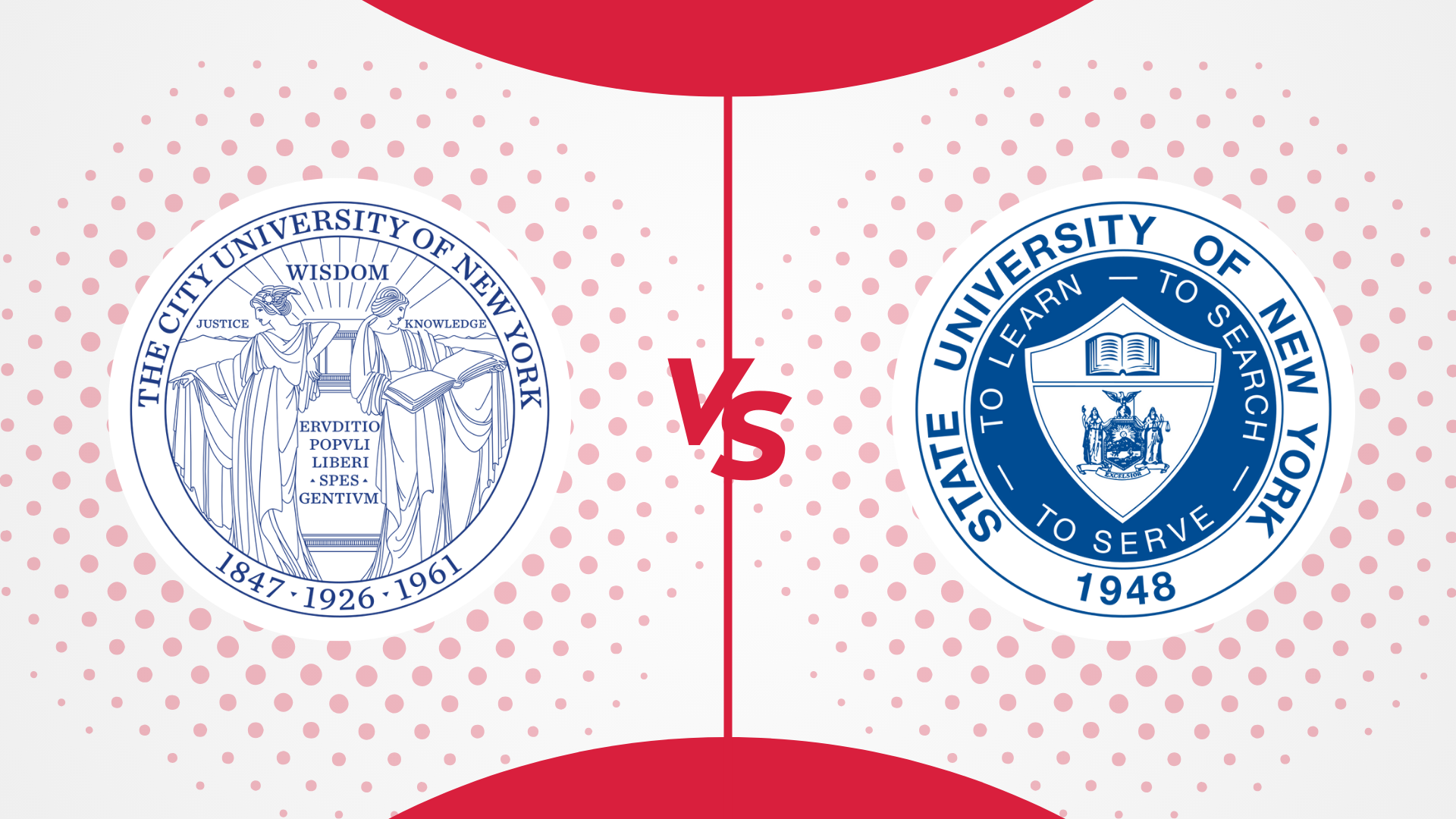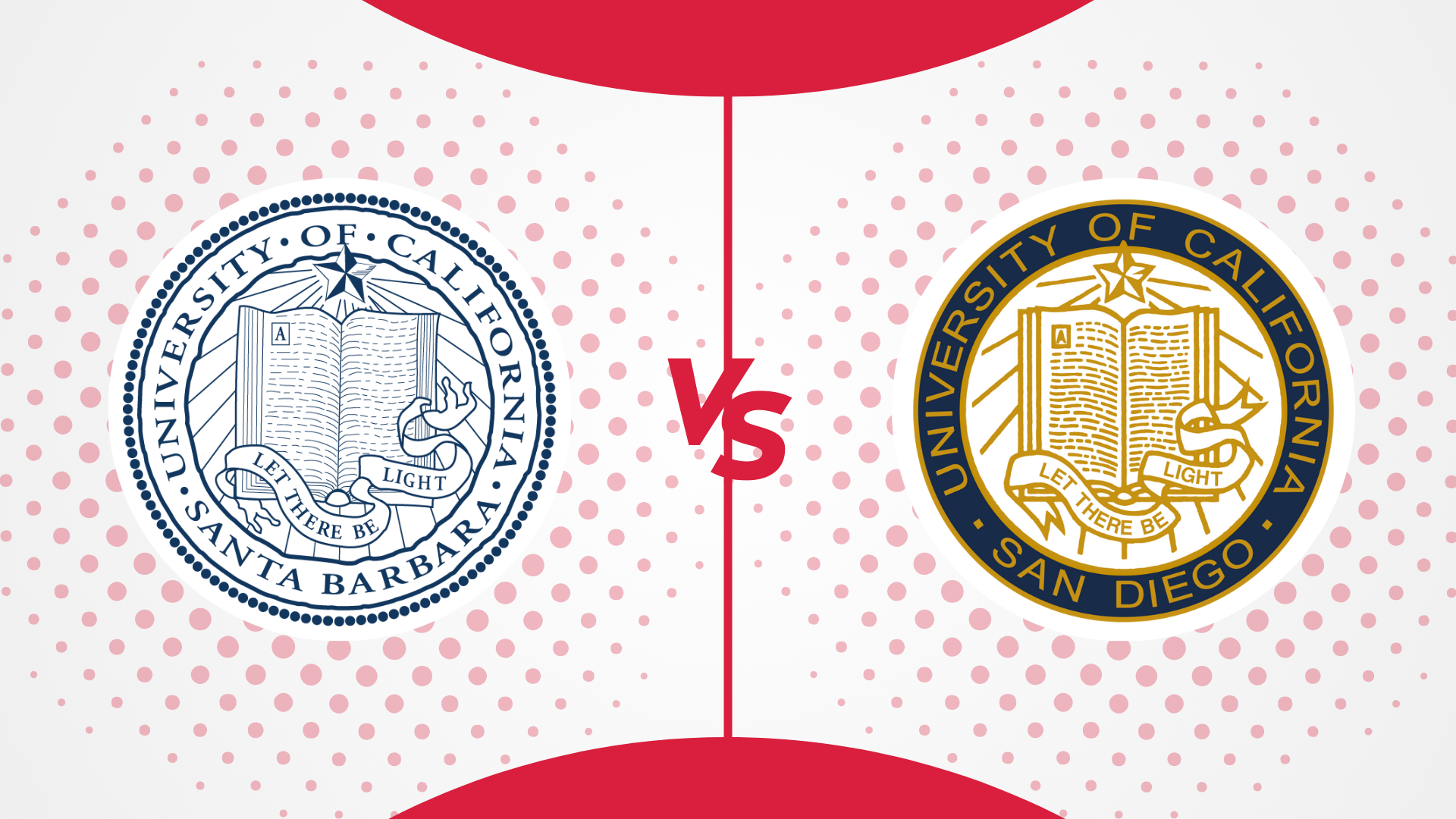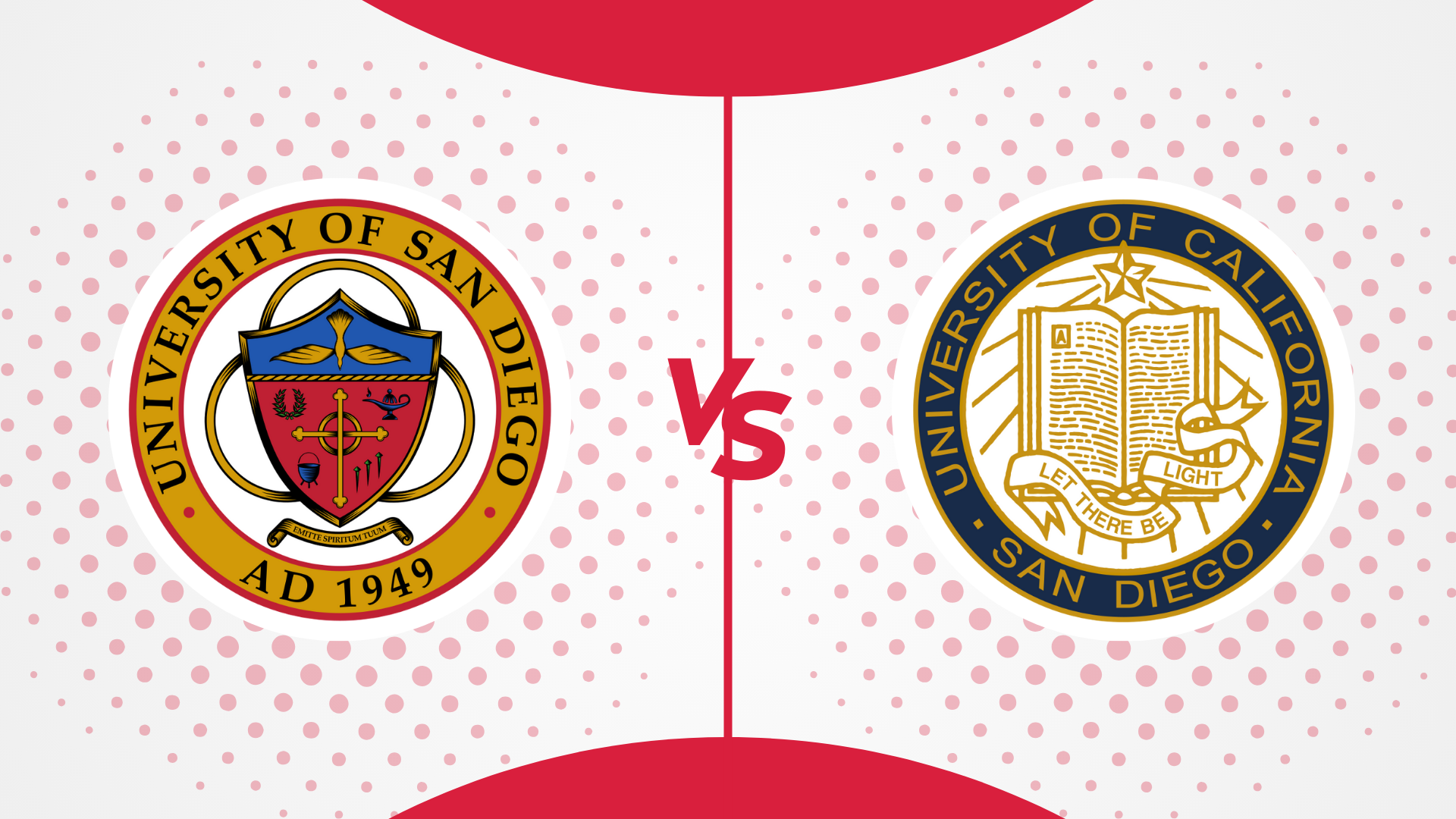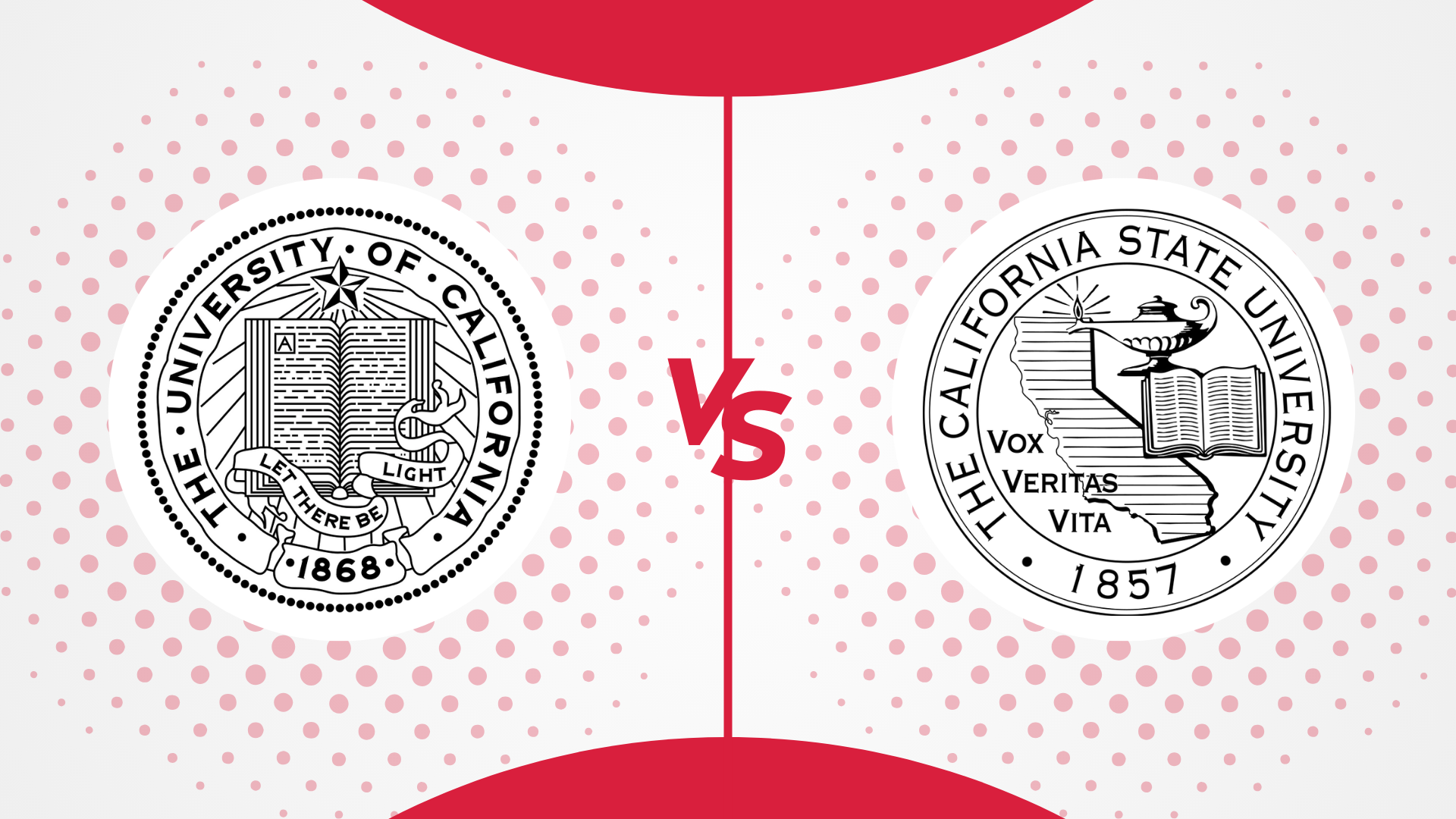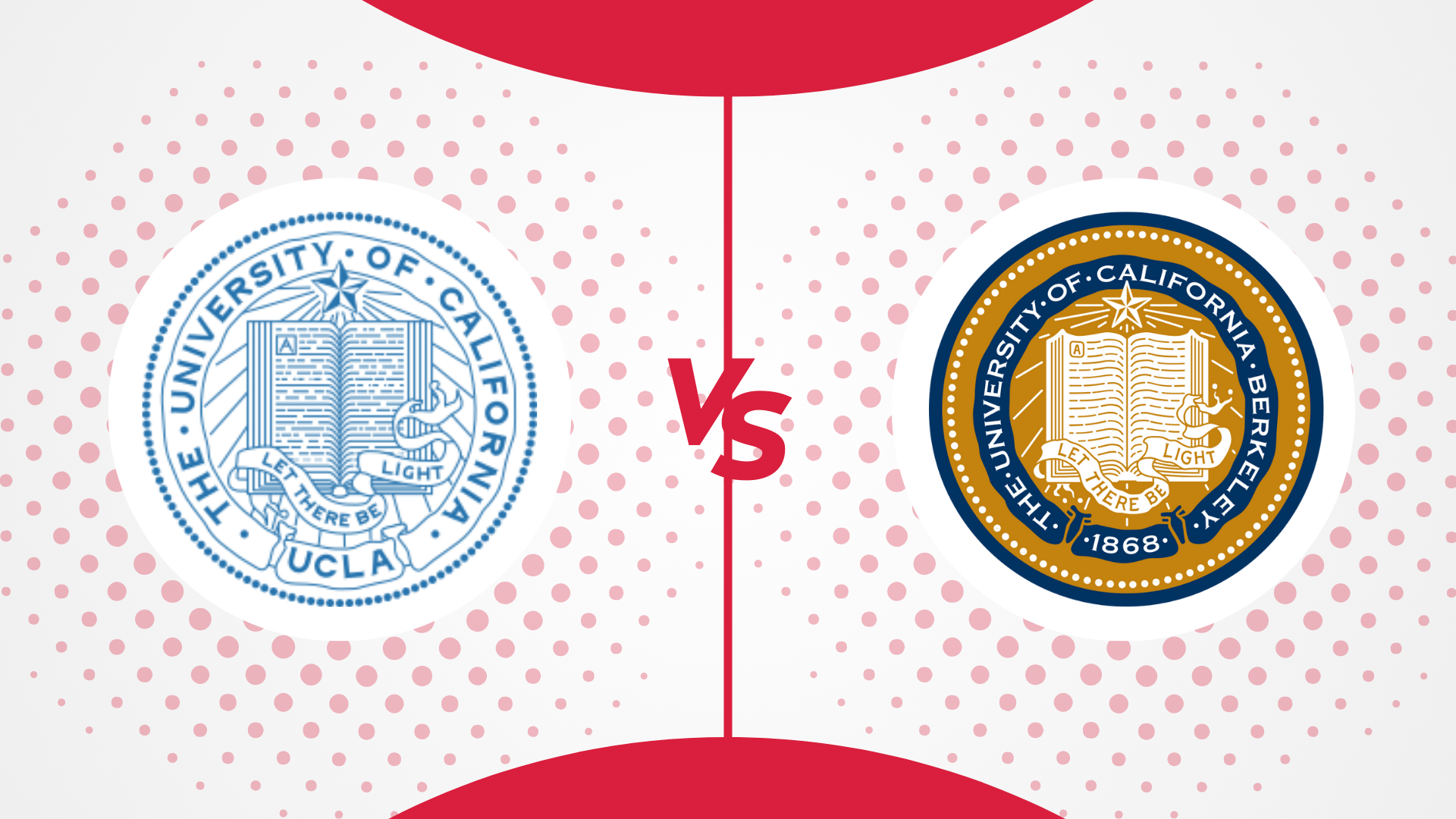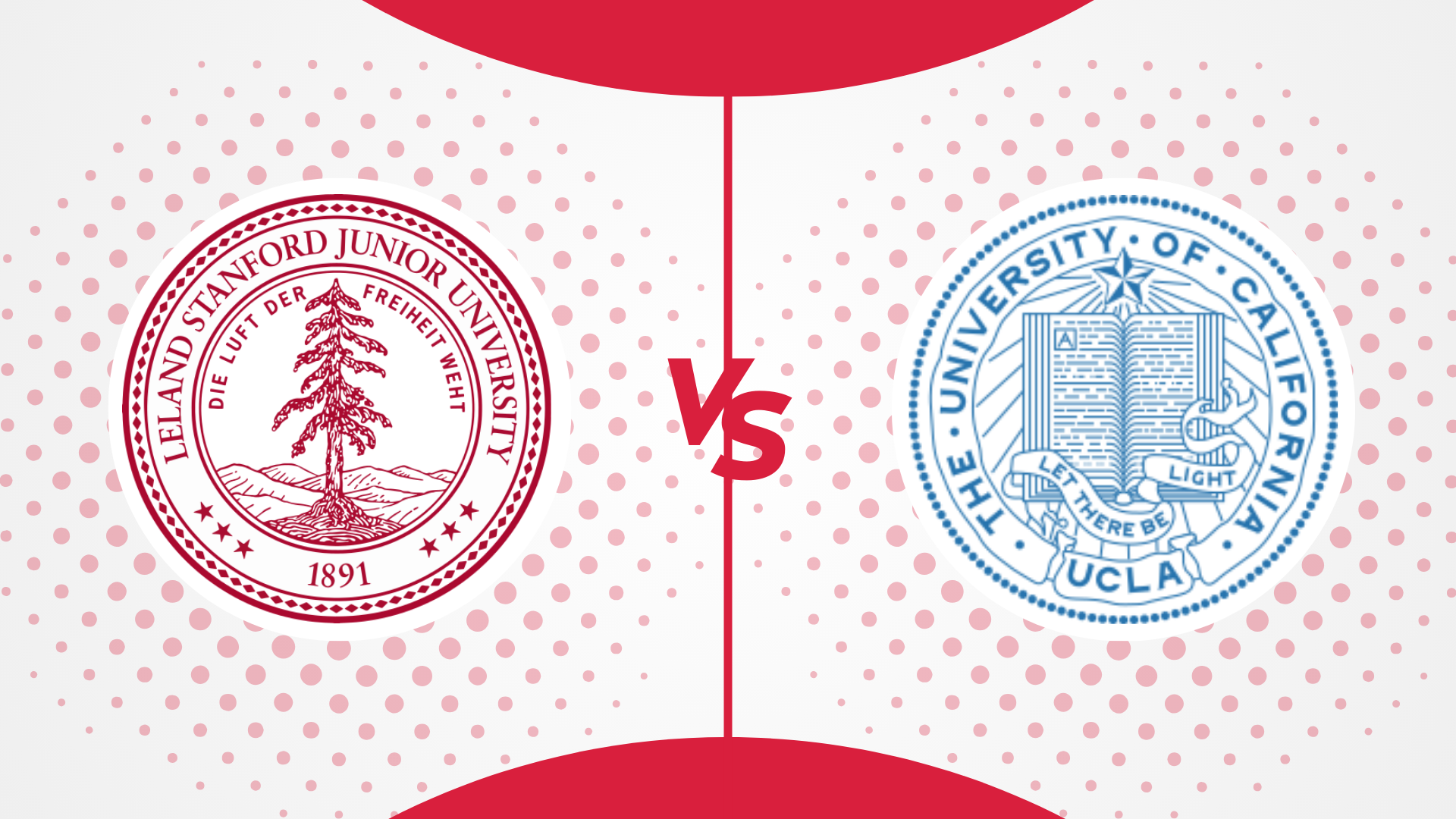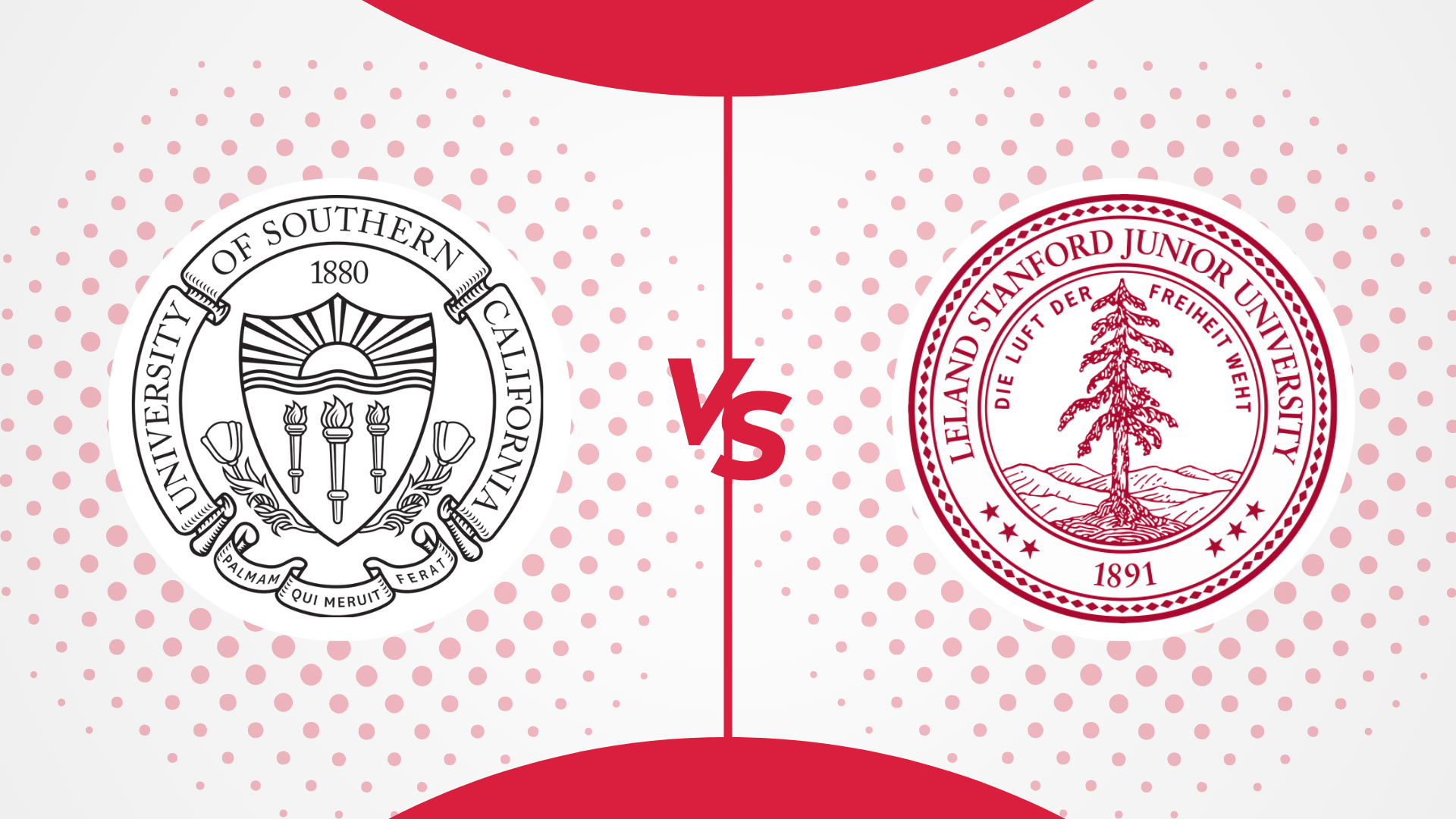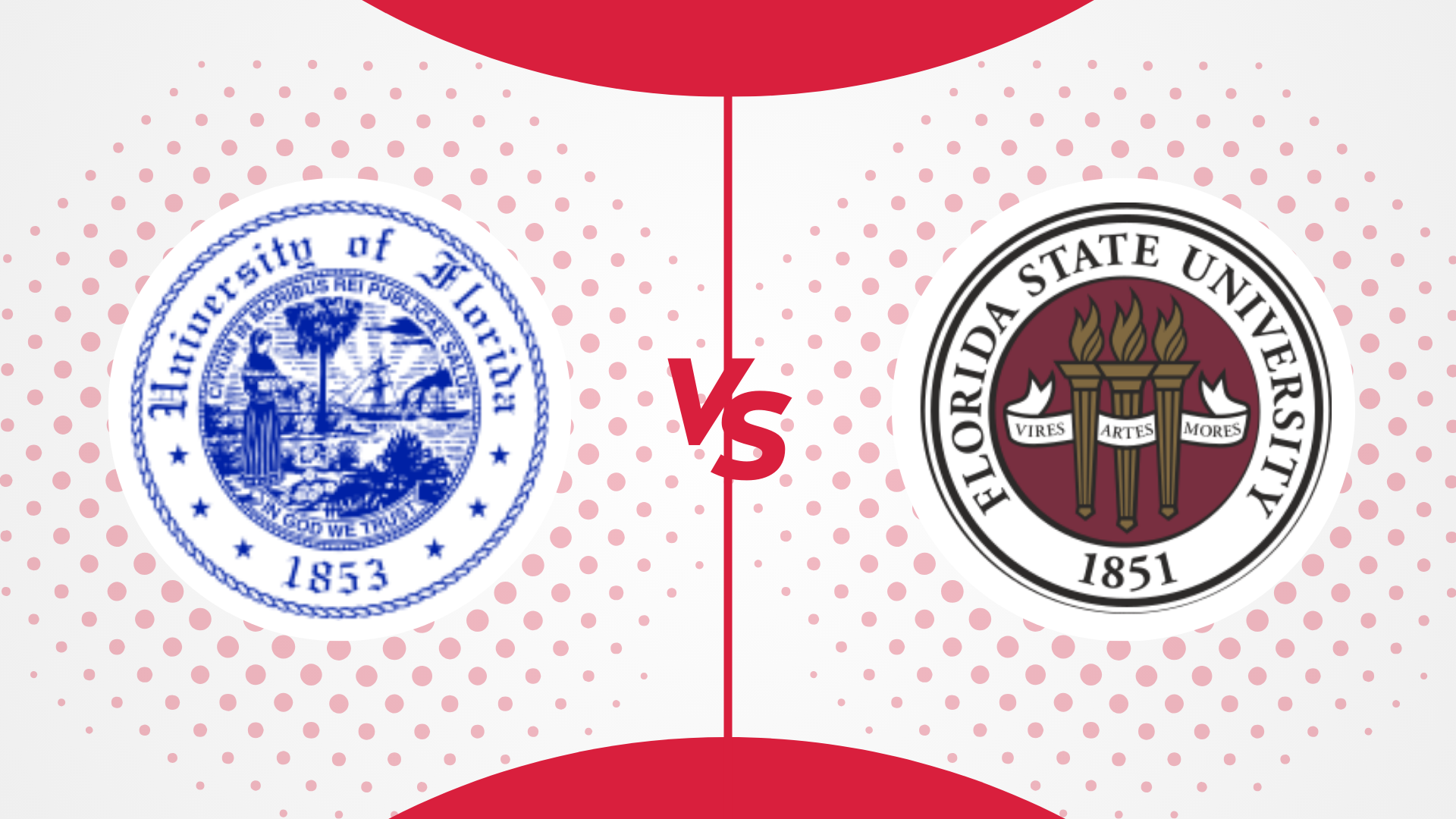Choosing between two of the top universities – UCL vs Imperial – in England’s capital is not easy. How does one make a choice when the universities are at par, be it academic rigour, global reputation, research opportunities, or even their location?
This article provides an in-depth comparison of these two UK universities across various parameters so that you can make an informed decision about a school best suited for your needs.
A quick look
UCL is located in the heart of central London and is known for its diverse academic offerings across the arts, humanities, social sciences, and STEM fields. It’s also known for its interdisciplinary approach to learning, where students are encouraged to explore multiple subjects and perspectives. It’s an urban campus, giving students access to various extracurricular and work opportunities. Its emphasis on global challenges and societal impact makes it a great choice for students who want to explore a broad range of disciplines.
Imperial College London, on the other hand, is known for its focus on science, technology, engineering, and medicine (STEM). It is located in South Kensington and offers a more specialized, research-driven academic environment, often attracting students with strong technical and scientific interests. The university is highly regarded for its cutting-edge research and innovation, strong links to industry, and more structured curriculum than UCL’s. Imperial’s campus life is dynamic but more focused on STEM-related activities and student societies. It is ideal for those interested in technical fields looking for a more STEM-centric community.
In short- UCL provides a broader, multidisciplinary academic experience, while Imperial delivers an intensive, focused STEM education.
Now, an in-depth look.
Overview of UCL and Imperial

Brief History and Background
University College London
Better recognised as UCL, University College London is a public research university and member of the federal University of London. Established in 1826 as London University, UCL has grown to be one of the largest universities in the UK in terms of student enrollment. It is London’s leading multidisciplinary university, with more than 16,000 staff and 50,000 students from over 150 different countries.
One of the premier universities in the UK comparable to the likes of Oxbridge, UCL is known for its programs in architecture, arts and humanities, pharmacology, education, economics, medicine, and social sciences, among other disciplines. It ranks 9th in the country, and the world according to Guardian and QS world University rankings 2025.
Imperial College London
Officially named the Imperial College of Science and Technology, Imperial was formed in 1907 with the coming together of the Royal College of Science, the Royal School of Mines, and the City and Guilds of London Institute. The Imperial College Medical School was added in 1988, and the Business School in 2004.
Imperial College is more specialised than most typical universities in the United Kingdom. It has four faculties – engineering, medicine, natural sciences, and business- and offers world-class programs only in these disciplines. It is ranked 2nd in the world (QS WUR) and 5th in the UK (Guardian League Table).
Key Statistics and Rankings
Here is a table comparing the key stats and ranks when it comes to University College London vs Imperial College London
| UCL | Imperial | |
| Campus | London, England | London, England |
| Ownership | Public Research University | Public Research University |
| QS World University Rank 2026 | 9 | 2 |
| Times Higher Education Rank 2025 | 22 | 9 |
| Guardian National Rank 2026 | 9 | 5 |
| Undergraduate Student Body | 25,121 | 11,915 |
| Graduate Student Body | 26,135 | 10,340 |
| % of International Enrollment | ~ 49.8% | ~60% |
| Average Undergrad Acceptance Rate (Source: UCAS) | Around 30% | Around 25% |
| Student to Faculty Ratio | 10.9:1 | 2.1:1 |
| Number of Undergraduate Programs | 400+ | 130+ |
| Number of Graduate Programs | 650+ | 200+ |
| Number of Athletic Teams | 36 | Over 90 sports clubs |
| Number of Clubs and Student Organizations | 200+ | 340+ |
| School Colours | Cerulean, Indigo | Blue |
UCL vs Imperial: Academic Comparison

The first point of comparison when researching Imperial College London vs University College London is the academics. At the outset, both are world-class universities, often listed in the top 10 list, whether you are looking at the UK or even globally. They are both prestigious schools in London, but they have distinct academic ethos, focus, and strengths.
In this section, we’ll explore both UCL and Imperial and analyse their undergraduate and graduate courses, choices and flexibility, ranking, degrees and class sizes, academic calendars, research facilities and budgets, all of which can become important factors in deciding between the two universities.
Undergraduate Programs
Program Options:
While there is no doubt that they are both world-class universities, the scope of these two UK universities is different. UCL is a comprehensive university that offers a wide range of subjects across humanities, social sciences, life sciences, arts, engineering, mathematics, physical sciences, and health sciences. They have about 400+ programs just at the bachelor’s level. In contrast, Imperial specialises in the sciences, engineering, medicine, and business programs, and its entrepreneurial culture. Imperial offers about 130 bachelor’s degrees across these disciplines.
Academic Reputation:
Both UCL and Imperial find their spots in the list of top 10 universities in the UK and the world. Imperial ranks 2nd in the world (QS WUR 2025) and 5th in the country (Guardian League Table 2025), while UCL ranks 9th globally and in the UK by the same metrics. When you are researching world-class universities such as Imperial vs University College London, the overall ranking, especially when it comes to the top 10 universities in the world, makes no significant difference. That said, Imperial, due to its specialised focus on STEM and business, has a better reputation for these areas of study, while UCL is a top choice for non-STEM disciplines ranging from architecture, journalism and the entire gamut of social sciences. Keep reading to get their subject ranks at a glance.
Admission Criteria and Standardized Tests:
The biggest advantage of applying to UK universities for your undergraduate education, be it University College London or Imperial College, is the University and Colleges Admission Services, also known as UCAS. As a prospective student, you must log in to UCAS and apply to up to five different UK universities with just one application.
Admissions criteria for most courses are GCSE (UK high school) scores, A levels, or IB scores. The minimum A-level entry requirement in both schools is AAA, with an A* required in certain subjects, depending on the major of your choice. Imperial College London and UCL also have a long list of international equivalents for students applying outside the UK. The scores/grades/ subject requirements vary with the program of your choice. That said, most courses require applicants to have Grade C / Grade 4 or above in both GCSE English Language and Mathematics or an equivalent qualification.
Standardized tests are not mandatory in both of these universities in England. UCL is test-optional where submitting ACT or SAT scores is not compulsory. They will be considered as part of the larger application if submitted. Imperial College, in contrast, does not recognise SAT or ACT scores for entry at the undergraduate level. Both schools, however, have department/ course-specific entrance exams/ admissions tests for many of their programs to aid their selection process.
Moreover, international students are required to take the IELTS, TOEFL, or any of the accepted tests as proof of English language proficiency. The minimum score required also varies with the program in both universities.
Besides these academic qualifications, your essay and letters of recommendation also carry significant weight in your application.
Core curriculum:
Contrary to universities in the America, most UK universities do not have a General Education or a Core Curriculum component. The assumption is that students/ applicants have a basic, functional knowledge of the foundations before entering university. If unprepared, students typically apply to a foundation year before applying for a 3-year bachelor’s degree in the United Kingdom. UCL does not have a general core curriculum for all its undergraduates; however, it does have some specific compulsory courses that vary depending on your choice of program.
However, Imperial has a program called I-Explore that all undergraduates need to complete in their second or third year of study, depending on the department. This program includes modules in humanities, social sciences, culture, languages, business for professional engineers and scientists, STEM, and a multidisciplinary project. It is a compulsory program that broadens your knowledge and tackles a subject area outside of your core discipline.
Class Size:
While the class sizes can vary quite significantly across departments, Imperial has a student-to-staff ratio of about 11:1. In UCL, a typical seminar can have anywhere between 5 and 30 students, while lectures can have as many as 350 students. The student to faculty ratio in UCL is about 10:1.
Top Majors:
| UCL | Imperial College |
|
|
Graduate Programs
Graduate Program Options: Before we get into the analysis of master’s programs in Imperial vs UCL, there are two important points to be noted.
- Firstly, most typical master’s degrees in England, Scotland, Wales and Northern Ireland take only one year to complete, as opposed to the 2-year masters degrees in most other countries.
- Secondly, when researching your degree, it is important to note whether it is a taught masters or a research master’s program. As the name indicates, taught master’s programs (MA/ MSc) are primarily composed of coursework, lectures and exams, with some amount of research work. MRes on the other hand has minimal coursework with majority focus on a single research project. For the sake of comparison, an MRes can be treated as a mini PhD.
That said, UCL has over 650 taught and research master’s courses while Imperial has over 200 graduate programs. If you are looking only at overall rankings, by most metrics, Imperial stands ahead of UCL. But, as mentioned earlier, Imperial has a specialised focus – STEMMB (Sciences, Technology, Engineering, Maths, Medicine and Business).For these majors, Imperial is the more popular choice. However, if you are looking at other disciplines, or simply want to choose a place that gives you the most options, the UCL is preferable. UCL is one of the top 10 in the world when it comes to Architecture, Anthropology, Archaeology, Education, Psychology, Geography, Arts and Humanities. In fact, the Medicine program at UCL is also one of the top 10 in the world. In short, after Oxford and Cambridge, Imperial and UCL are two of the most sought after universities in the UK.
When looking at the student body, UCL is significantly larger when compared to Imperial. UCL has about 25,937 master’s/ grad students while the number is around 8,600 at Imperial.
College Admissions:
Both universities are fairly evenly competitive when it comes to admissions. However, the acceptance rate is indicative of undergraduate admissions. At the master’s or doctoral level, the number varies significantly across departments. The general minimum admissions criteria in both universities for a master’s program is
- an upper second class honours degree from a recognised university,
- Personal essays, letters of recommendations, audition tapes and portfolios (if required)
- standardised English language tests for international students.
- Standardized graduate tests (GMAT/ GRE scores) are required for some programs, especially when applying for business and management related programs in both universities.
Some postgraduate or professional programs might also require work experience. For instance, the MBA at both Imperial and UCL requires all applicants to have a minimum of 3 years of experience before applying.
Top Graduate Degrees:
| UCL | Imperial |
|
|
Overall and Subject Ranking
Here are two tables that compare IC vs UCL, based on overall rankings and individual subject metrics.
| University College London | Imperial College London |
| Guardian League Table 2025: 9 | Guardian League Table 2025: 5 |
| Times Higher Education WUR: 22 | Times Higher Education WUR: 8 |
| QS WUR 2025: 9 | QS WUR 2025: 2 |
National Subject Rankings (Source: QS Subject Rankings)
| Subject | UCL | Imperial |
| Accounting and Finance | 45 | 20 |
| Architecture and the Built Environment | 1 | N.A. |
| Arts and Humanities | 10 | 193 |
| Biology | 6 | 8 |
| Business and Management | 104 | 29 |
| Chemistry | 21 | 11 |
| Computer Science and Information Systems | 22 | 16 |
| Economics | 18 | 30 |
| Education | 1 | N.A. |
| Engineering and Technology | 35 | 7 |
| Law | 14 | N.A. |
| Mathematics | 42 | 9 |
| Medicine | 6 | 8 |
| Psychology | 5 | N.A. |
| Pharmacy and Pharmacology | 4 | 8 |
| Social Sciences | 19 | 48 |
The table gives you a general idea of where the universities stand – Imperial, due to its specialised focus is better suited for science, technology, and business related programs while UCL, despite its wide scope of study is a world leader when it comes to education, architecture, medicine, pharmacology, most of the social sciences. However, rankings alone cannot become the sole deciding factor, especially when choosing between two of the best universities in the United Kingdom.
Constituent Schools
University College London has 11 academic faculties with over 70 departments and institutes.
- Arts and Humanities
- Bartlett (Built Environment)
- Brain Sciences
- Engineering Sciences
- IOE (Faculty of Education and Society)
- Law
- Life Sciences
- Mathematical and Physical Sciences
- Medical Sciences
- Population Health Sciences
- Social and Historical Sciences
Imperial College is essentially divided into four faculties, with 28 departments, not including the institutes and research centres.
- Faculty of Engineering
- Faculty of Medicine
- Faculty of Natural Sciences
- Imperial College Business School
Research Opportunities
Both Imperial College and UCL are members of the prestigious Russell Group of Institutions in the United Kingdom. The Russell Group is constituted by 24 world-class research-intensive public universities that are also known for their academic rigour and excellence and their connections to their local communities.
UCL is home to many research centres across departments and numerous interdisciplinary and cross-disciplinary centres of study, including the Centre for Biodiversity and Environmental Research, a Disability Innovation Hub, a Genetics Institute, a centre to study racism and racialisation and many more. The university ranks 2nd in the UK for its research power and 1st in London, according to REF 2021. The university also follows a “Connected Curriculum” which becomes the framework for research based education. All UCL students are given the opportunity to learn through participating in research and inquiry at all levels of their programme of study.
Similarly, there is no dearth of research opportunities at Imperial as well. According to the Research Excellence Framework, Imperial has a greater proportion of world-leading research than any other UK university. The college houses 29 multi-faculty research centres for multidisciplinary research, not including the numerous departmental institutes. This UK college is renowned worldwide, especially for its medical research, ranging from global infectious diseases, molecular bacteriology, and medical imaging. The Imperial Business School is also known for its research opportunities. Imperial College also runs an undergraduate research program and an international research opportunities program for its students.
Key Dates for Application
In this section, we’ll look at the key dates for application and admission into undergraduate and master’s programs to get a sense of the timeline. It is also recommended that you verify with the specific department/school you are applying to to ensure they do not follow a different cycle.
| Important Dates | UCL | Imperial |
| UCAS Applications Opens | 3 September 2025 | 3 September 2025 |
| UCAS Application Deadline | 29 January 2026 | 29 January 2026 |
| Course Begins | August/ September 2027 | August/ September 2027 |
| Master’s Application Deadline | Rolling admissions, but international (visa‑seeking) applications should be submitted by 30 June 2025 for October 2025 entry | |
| Decision Posted in | 10 weeks of receiving the application | About 8 weeks of submitting a complete application |
| Deadline to accept offer of admission | 6 June 2026 | Within 28 days of the full conditions being available |
| Average Undergrad Acceptance Rate | Around 30% | Around 25% |
Some important points to be considered when applying to UCL or Imperial:
- Unlike American universities, most UK universities do not have Early Action or Early Admission Decision pathways.
- Imperial and UCL, like most UK universities, have rolling admissions, especially for many of their graduate programs. Applications are accepted throughout the year, and it is therefore recommended that aspirants apply at the earliest. However, some of the programs have fixed deadlines and it is important to check the university website for the exact deadline of the program of your choice.
- All undergraduate applications for both UCL and Imperial go through University and Colleges Admissions Services or UCAS. The advantage is that you can apply for up to five colleges with just one application. The application fee is about £28.5.
- There is no common application portal for graduate level applications. They can be applied to directly, from the university/ department websites.
Academic Calendar
Both universities follow a trimester system, where the academic year is divided into three terms. The Autumn Term runs from October to December, the Spring term runs from January to March, and the Summer term runs from April to June.
Imperial vs UCL: Campus Life and Environment

From their campus size to the culture, Imperial and University College London offer varied experiences to their students. Let us take a look at some of the other factors that can make a prospective student prefer Imperial to UCL or the other way around.
Location
At the outset, both UCL and Imperial are located near the central London, enmeshed in the dynamic city, its rich culture, society and economics. Therefore, largely speaking, there is no significant point distinguishing these two schools when it comes to location. Students tend to spread out across the city, depending on financial restrictions or personal preferences. Both colleges enable their students to explore life in one of the greatest cities in the world.
That said, Imperial’s location in South Kensington is marginally less student-friendly than UCL’s Bloomsbury. South Kensington, with its proximity to Hyde Park, Harrods and the National History Museum, is one of London’s most desirable areas to live in and, therefore, is more expensive. While Bloomsbury per se is not significantly cheaper, there are enough surrounding areas that provide more affordable accommodation, places for socialisation, and entertainment to the student community.
Campus Size and Facilities
Unlike many large universities that have a single enclosed campus space, UCL, as a member of the University of London, is primarily based in Bloomsbury with a second campus (UCL East) at Queen Elizabeth Olympic Park in Stratford, whose One Pool Street and Marshgate buildings officially opened in late 2022 and 2023, respectively. The university provides a range of facilities for education, sports, recreation, leisure, and dining, as well as a Student Central that is open to all University of London students.
Imperial College London has three main campuses –
- White City (Innovation and Entrepreneurship Hub, with major AI & biotech lab expansions due late 2025)
- Silwood Park (Postgraduate Campus for teaching and research in ecology, evolution, and conservation)
- South Kensington (Main campus for most undergraduate and postgraduate activity)
Campus facilities include world-class libraries, sports facilities, the Imperial College Union, a Student Hub, catering, and services.
If you are comparing college vibes, UCL, primarily due to its diversity and large student body with a fairly even distribution of men and women, is generally more easygoing. Its typical college ethos includes various extracurricular activities, socialising, and entertainment events. Imperial, due to its program choices, typically has more men than women and is known for its tech vibe.
Student Activities and Organizations
Like most UK universities, UCL and Imperial are less athletically inclined than the USA. UCL has about 36 teams and numerous sports facilities spread throughout London. These include full-size football, rugby and lacrosse pitches in Shenley in Hertfordshire, basketball, badminton and volleyball facilities just north of the Bloomsbury campus in Somers Town Sports Centre, and Bloomsbury Fitness, the health and fitness club of Students’ Union UCL. Moreover, the Students’ Union UCL is a registered charity that provides services to support students. It runs more than 200 clubs and societies that cover a wide range of sporting, cultural, and artistic interests.
Imperial Athletes is the home of the 90+ sports clubs in the college that creates opportunities for Imperial students to play a range of sports ranging from the club level to national leagues. The college ranks 17th in BUCS (British Universities and Colleges Sport) and is considered a top performing university when it comes to athletics. The Imperial College Union also has over 350 student-run clubs ranging from A Capella to Yoga.
Housing and Accommodation
Accommodation at UCL is primarily composed of residence halls, and the university allocates about 8,000 beds a year all over London. First-year students are prioritised, among which full-time students, those who are under 18 years, and students who have previously not lived in the Greater London area are given greater priority. But looking at the total student body, it is clear that a majority of UCL students live off campus.
Imperial has about 14 residence halls that can accommodate over 2,500 students. The rooms are typically single or twin rooms. Typically first year students are guaranteed accommodation and over 90% of first year undergraduates choose to live on campus. Older and postgraduate students typically choose student-friendly neighbourhoods that are easily accessible to South Kensington.
UCL vs Imperial: Financial Aspects

Besides academics and campus amenities, another important aspect in the Imperial College vs University College London debate is the cost involved. They are both public universities and are generally more affordable when compared to the privately owned ones.
Another significant advantage of UK universities is that a bachelor’s degree usually takes only 3 years to complete (except in Scotland), and most master’s degrees can be finished in 1 year. Compared to the US, Canada, Australia, New Zealand, or any other country, a student studying in the UK saves up to a year’s worth of tuition.
Both Imperial and UCL have extensive options for financial aid, for both home and international students. It is important to look into scholarships and bursaries allocated for specific colleges/ departments to choose the most suitable option.
| Annual Rates | UCL | Imperial |
| Tuition (Bachelor’s) | UK students – £9,250 International –£29,800 – £39,800 *(2025–26 rates) |
UK students – £9,250 International – £37,900 – £53,700 (Medicine £37 900 – 53 700; Engineering £40 940) |
| Tuition (Master’s, not including professional programs) | UK: £10,000 – £15,500 International: £20,800 – £32,000 |
UK: About £17,000 – £25,000 International: £45,000 |
| MBA Tuition | UK – £22,700 International – £45,000 |
£67,500 |
| Housing (On-Campus) | £9,250 – £24,000 | £6,800 – £17,300 |
| Food | About £2,700 | About £3,000 |
| Off-Campus Housing | Around £12,000 | Around £12,000 |
| Types of Financial Aid | 1. Government loans (for UK students) 2. Bursaries (need-based, for UK students) 3. Scholarships |
1. Scholarships (merit-based, open to both UK and international students) 2. Bursaries (need-based, mostly open to UK students) |
| For international students | Most bursaries are open only to home students. Overseas students can apply for various department specific scholarships that are awarded based on merit, or can also apply for external scholarships. | |
Here are a few important points to be kept in mind.
- The tuition rates are for an academic year composed of three terms and the typical course load. Choosing extra courses/ summer programs will add to these amounts.
- The tuition fee varies, if you are doing a Placement Year or a Study Abroad year.
- The tuition fee amounts in the table indicate only the cost of attendance. They do not include books, club fees, and other expenses. International students can also avail themselves of the NHS by paying a surcharge of £470 per year.
- As mentioned earlier, it is important to research scholarships made available for specific programs/ colleges. Both these UK universities offer financial aid based both on academic merit and performance in sports. The need-based financial aid is called a bursary and is also open primarily to home students.
- Besides the university funded scholarships, international students can look into the British Council Scholarships, GREAT scholarships, Chevening, the Charles Wallace Trust, and the Commonwealth Scholarship options.
Apart from Imperial, UCL is also often compared to LSE
UCL vs Imperial: Career Prospects and Alumni Network

Considering the reputation and legacy of the two universities, and their extensive alumni networks, there is no doubt that a graduate of these schools will have numerous opportunities of their choosing after graduation. The academic rigour and culture of research in these two universities create a pedigree that recruiters often compete to get for their organisations.
Employment Rates
As two of the most highly sought after universities in the UK, both Imperial and UCL have high graduate employability rates and are ranked highly on the employability scale. The Guardian League Table scores Imperial with 96 and UCL with 90 on a scale of 100 when it comes to a career after 15 months of graduation. While UCL has a graduate employability rate of about 90% (6 months after graduation), Imperial has a 94% employment rate and Imperial graduates have average starting salaries that rank among the highest in the country.
Notable Alumni
UCL has over 430,000 alums across the globe while Imperial’s alumni network extends across a community of 253,000 people who are some of the brightest minds in science, technology and business.
Notable Alums of UCL
- Mohandas Karamchand Gandhi, Lawer, Anti-colonial nationalist
- Rabindranath Tagore, Poet, Playwright, Composer, and activist
- Alexander Graham Bell, Inventor of the telephone
- Christopher Nolan, Filmmaker
- David Attenborough, Biologist and natural historian
- Roger Penrose, Nobel Laureate mathematician
- Jomo Kenyatta, Anti-colonial nationalist and the first president of Kenya
Notable Alumni from Imperial College
- Prince Albert, Consort of Queen Victoria
- Sir Alexander Flemming, discoverer of penicillin
- Brian May, lead guitarist of Queen
- Rajiv Gandhi, Former Prime Minister of India
- Dennis Gabor, Nobel Laureate in Physics
- John Fleming, Electrical engineer
Career Services
From internships to employment opportunities, organisations and recruiters seek students and graduates of top notch institutions like Imperial and UCL. In both universities, the career centress for strategy and success assist their students to gain practical experience, build networks and communicate their aptitudes and skill sets to prospective employers. They also play an instrumental role in building leadership skills and specialised skills that are essential to a workplace.
In both universities, the career centre connects students to internship opportunities and prospective employers through seminars, job fairs, and numerous other on-campus events. Their goal is to clarify career aspirations, identify opportunities, and offer support at every stage of career development.
Both universities also have options for placement year and apprenticeships wherein students can gain practical experience either through summer internships or year-long placements.
UCL vs Imperial: Conclusion

Deciding between Imperial College London and University College London involves considering various factors such as academic strengths, campus life, financial implications, and career prospects. Both universities offer unparalleled opportunities, but your decision should align with your personal and professional goals. Here is a summary of the key similarities and differences that can help you choose between the two.
- While both universities are among the top ten in the UK, Imperial is a better choice for science, engineering, technology, mathematics, and business-related fields as the school specialises only in these disciplines, in addition to medicine. UCL is also world-renowned for its medical programs, but it has a great reputation for social sciences, media and communication studies, pharmacology, architecture, arts, and humanities.
- UCL is one of the largest colleges in the UK in terms of student enrollment and, therefore, has more diversity in terms of ethnicity and even gender distribution. SOAS and Bierbeck are neighbouring colleges, enabling students across colleges to mingle. Imperial, as the smaller college, has a male-to-female ratio of about 64 to 36 in some of its engineering programs.
- UCL has more options to choose from as it operates on a full academic spectrum, while Imperial is limited to a few choice disciplines.
- Imperial is marginally more expensive than UCL, but its reputation and quality of STEMB programs are unbeatable.
- Imperial does not consider standardised tests such as the SAT or ACT but has its own entrance tests for some of its programs. UCL also has entrance tests but is also test-optional when it comes to standardised tests.
- There is a better chance of getting on-campus housing at Imperial than with UCL due to the student population.
- Both colleges enable students to explore life and culture in London.
Considering their reputation, the ultimate call rests on whether the course curriculum and the learning outcomes meet your career plans. The most significant part of your research is to compare courses, syllabi, electives, faculty and research facilities of your preferred degree program, speak to current students, and then decide depending on which school better suits your needs.
We understand that becoming an international student can be very thrilling, but the prep and paperwork of it all can get overwhelming. The easiest way to reduce your stress is to sign up with TC Global.
We simplify international education, learning, and mobility through connecting students, universities, and a global community on a single platform where there are over 1000+ education providers and over 80,000+ courses.
Our platform enables students to study anywhere in the world in just a few steps. From search and discovery and finding the right course fit for you to applications, visas and departure – we see you through it all.
To move forward with us, download our app or visit tcglobal.com and sign in to create an account on our student platform and onboard with us in quick, easy steps.! 🚀
Then simply set up a visit Calendly.com/tcglobal to pick a Relationships Team closest to you and choose a slot to meet with a Relationship Member. Be it UCL vs Imperial or any such debates, our experts will be with you every step of the way to help you decide.
Let’s shape your future together.
FAQs

Is UCL better than Imperial?
Both universities are among the top 10 in the UK and even in the world, according to some metrics. They give immense opportunities to their students due to their academic rigour and global reputation. The ultimate answer to which is better depends on personal preferences ranging from choice of courses, teaching styles, to campus size.
Is UCL better than Ivy League?
UCL, due to its global standing, is typically seen as being comparable to the Ivy Leagues in the United States.
Is Imperial College London hard to get into?
As one of the foremost universities for science and technology in the world, admissions can be competitive. While the average acceptance rate is around 25% according to UCAS, it can go down up to 11% for some its more popular programs.
Is King’s College better than UCL?
The answer once again depends on personal preferences. King’s College London is also one of the top 10 in the UK but UCL generally receives more applications and is better renowned globally.
What subject is Imperial College London famous for?
Sciences, Engineering, Maths, Medicine, and Business
How far is UCL from Imperial?
The main UCL campus is about 4 miles from the South Kensington Imperial campus.
How many Indian students are at UCL?
Over 1,000 Indian students are enrolled at UCL.
Is LSE more prestigious than UCL?
London School of Economics (LSE) ranks 4th in the UK according to the Guardian and 50th in the world according to QS World University Rankings 2025. They are both equally reputed universities, but UCL has more options and is more diverse than LSE. Moreover, it is also often compared to London Business School, but the two are quite different.
You May Also Like
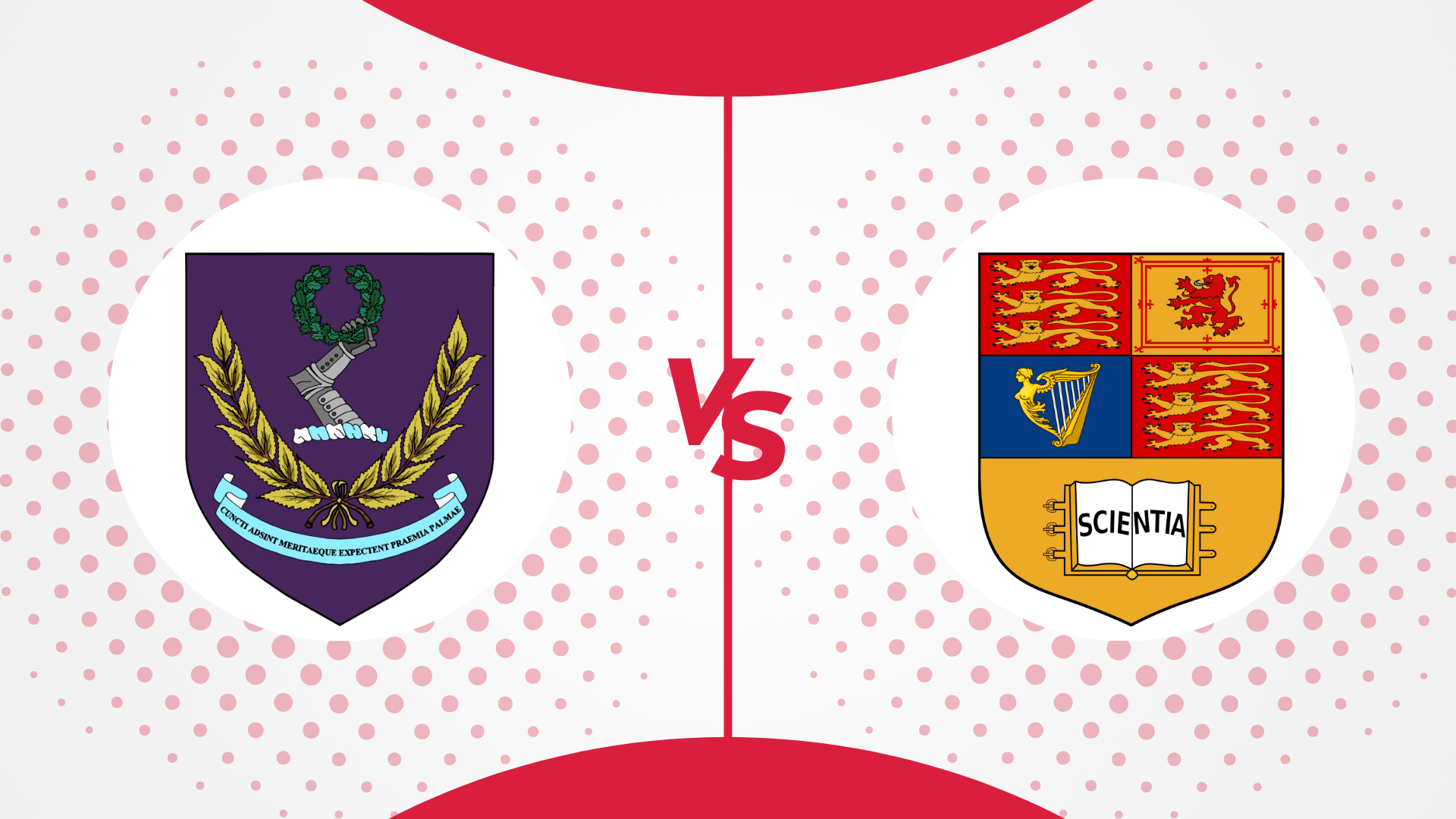
Compare more universities in UK
-
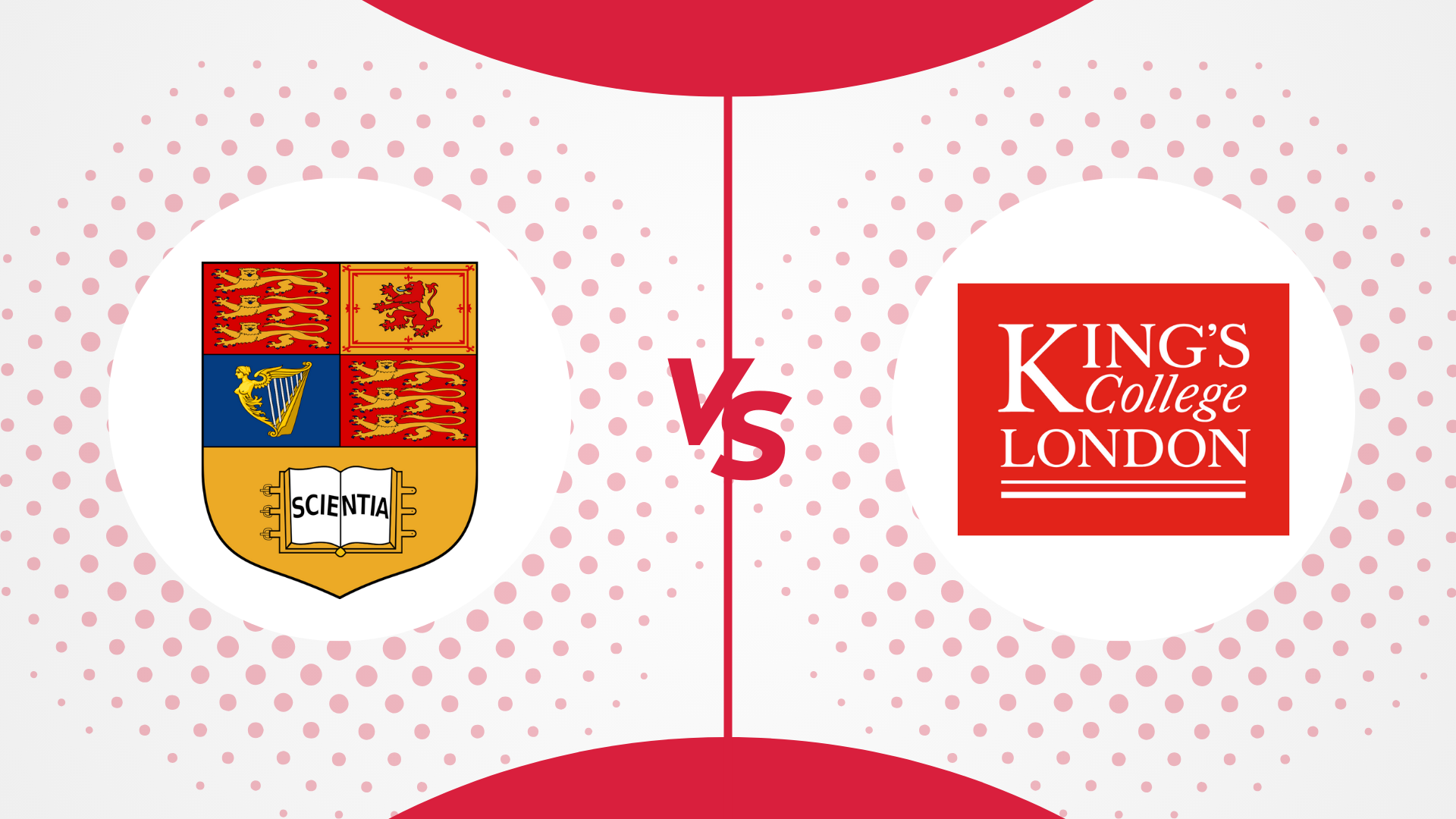
King’s College London vs Imperial College London: How do they Compare [2025]
July 31, 2025 -

London School of Economics vs King’s College: How Do They Compare? [2025]
July 25, 2025 -
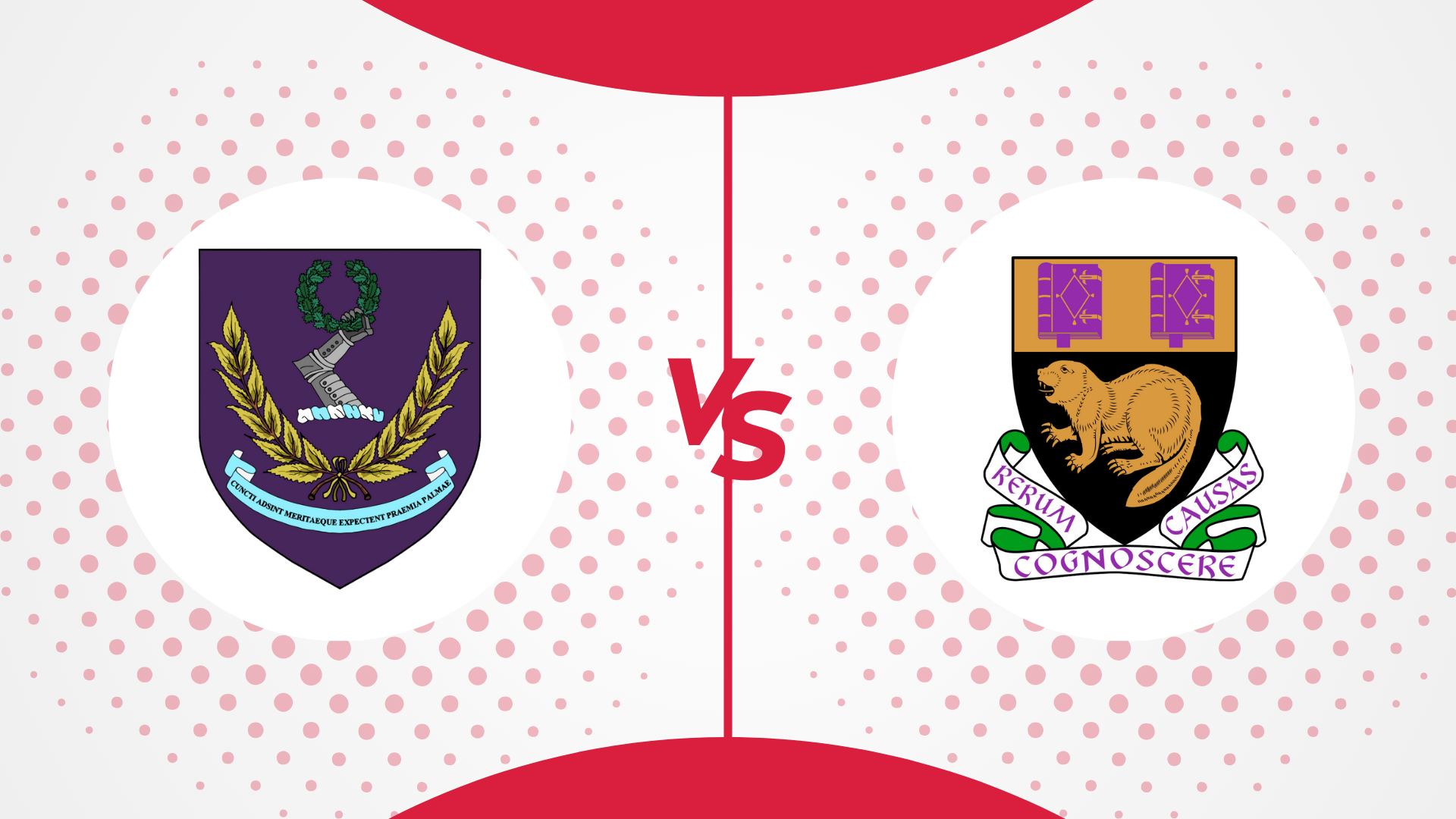
UCL vs LSE: How Do They Compare in 2025?
November 19, 2024 -

Nottingham University vs Nottingham Trent: How Do They Compare? [2025]
November 19, 2024 -
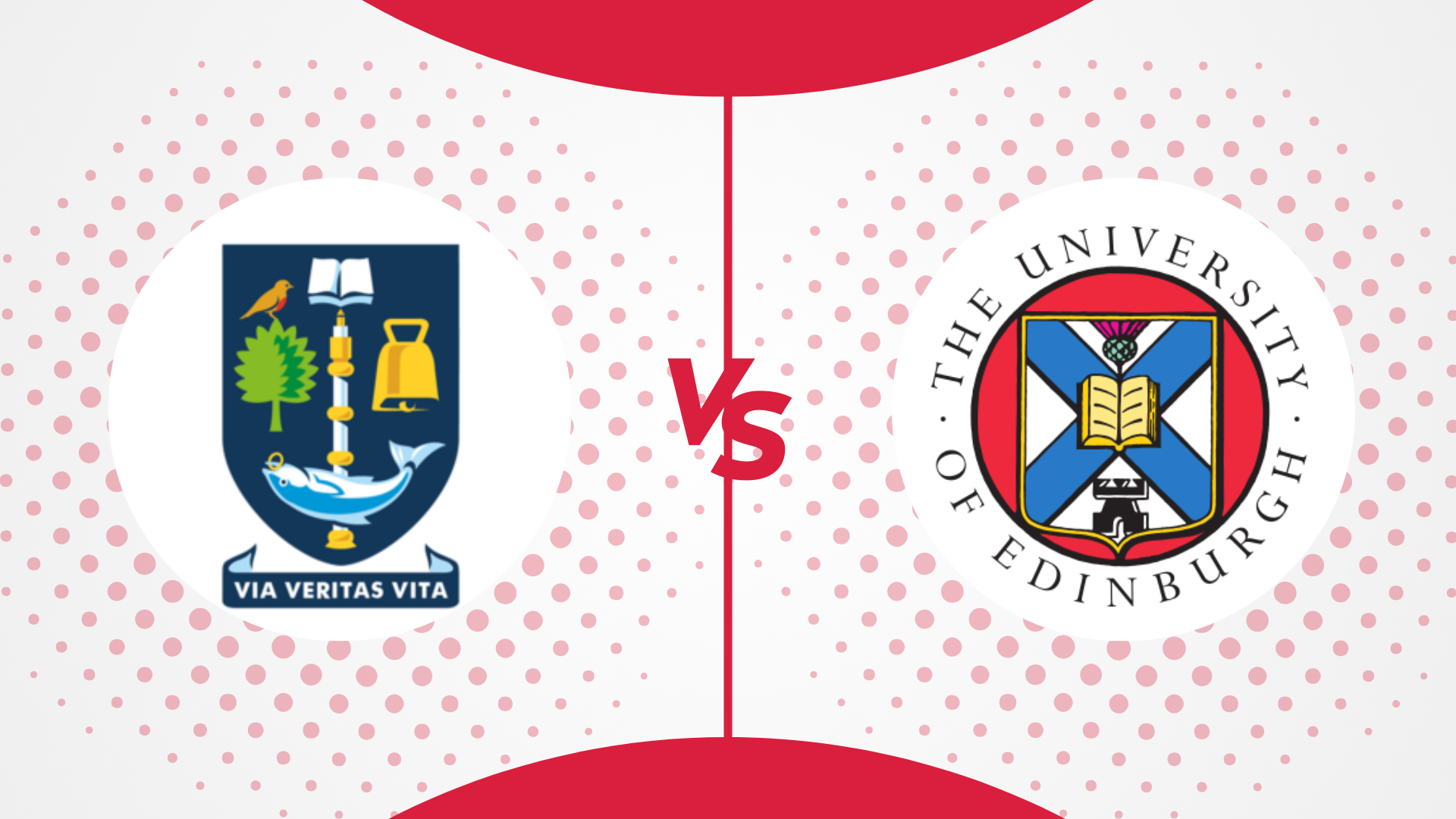
Glasgow University vs University of Edinburgh: How Do They Compare? [2025]
November 19, 2024 -

University of Edinburgh vs King’s College London: How Do They Compare? [2025]
November 7, 2024 -

Durham University vs Glasgow University: How Do They Compare? [2025]
November 6, 2024 -

London School of Economics Vs London Business School: How Do They Compare? [2024]
October 26, 2024 -

LSE vs Oxford: How Do They Compare? [2024]
October 8, 2024 -

Durham vs Warwick: How Do They Compare? [2025]
September 27, 2024
